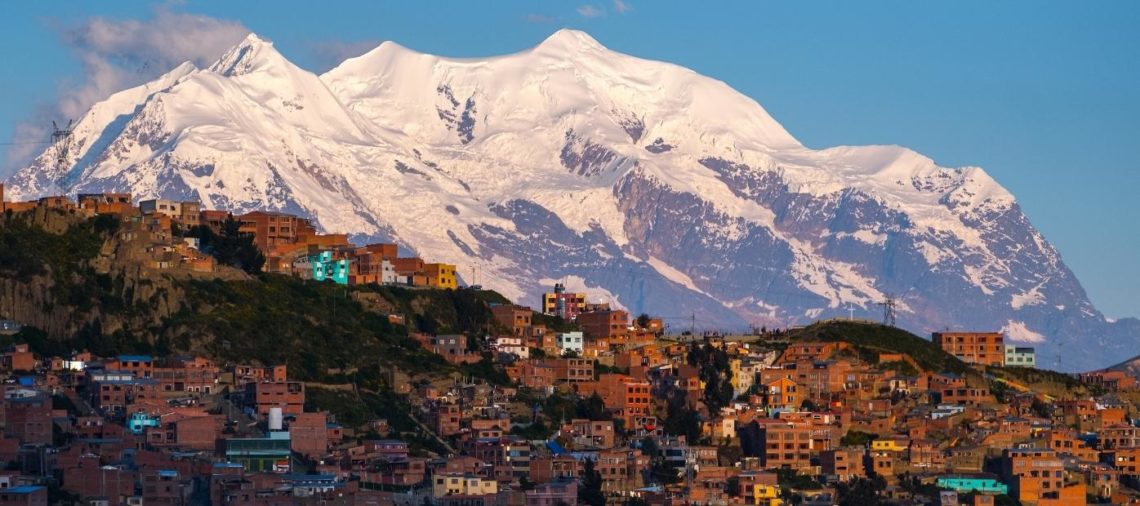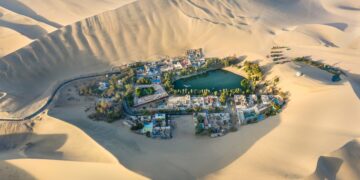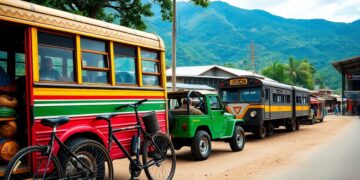Bolivia is often referred to as “the Tibet of the Americas”, due to its dry, high-altitude desert-like plateau that is more striking when referred to by its Spanish designation of Altiplano. It is among the most rugged environments for habitation on earth, ranging from shimmering Lake Titicaca, the only lake that has given the birth of an empire, to the amazing Salar de Uyuni, the largest salt lake and the highest in the world with 12,000 square miles of blinding pure whiteness.
Bolivia is also known as the Nepal of the Americas because of its Cordillera Real. It has nearly 1,000 peaks rising more than 5,000m and matching what the Himalayas provide in terms of trekking and climbing, however, with less human activity.
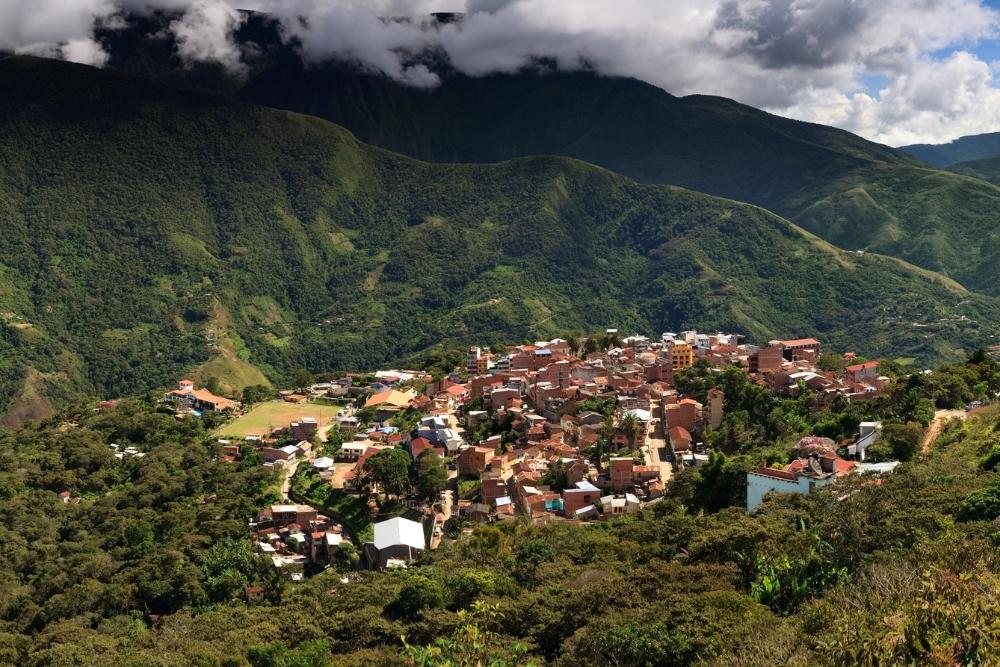
People come to offer Bolivia because of its unspoiled nature and unexplored beauty. As at least the largest portion, Bolivia is far from the tourist trail and is a vast wilderness that is waiting to be discovered and valued. The landlocked country in the center and top of South America offers magnificent trekking, particularly in Coroico or Sorata within the Cordillera Real. It is possible to visit Coroico and Sorata in the Amazonian rainforests in the eastern part of the country by breathtaking flights on planes or the most thrilling, or more precisely, heart-stopping bus trips.
Unique things to do in Bolivia
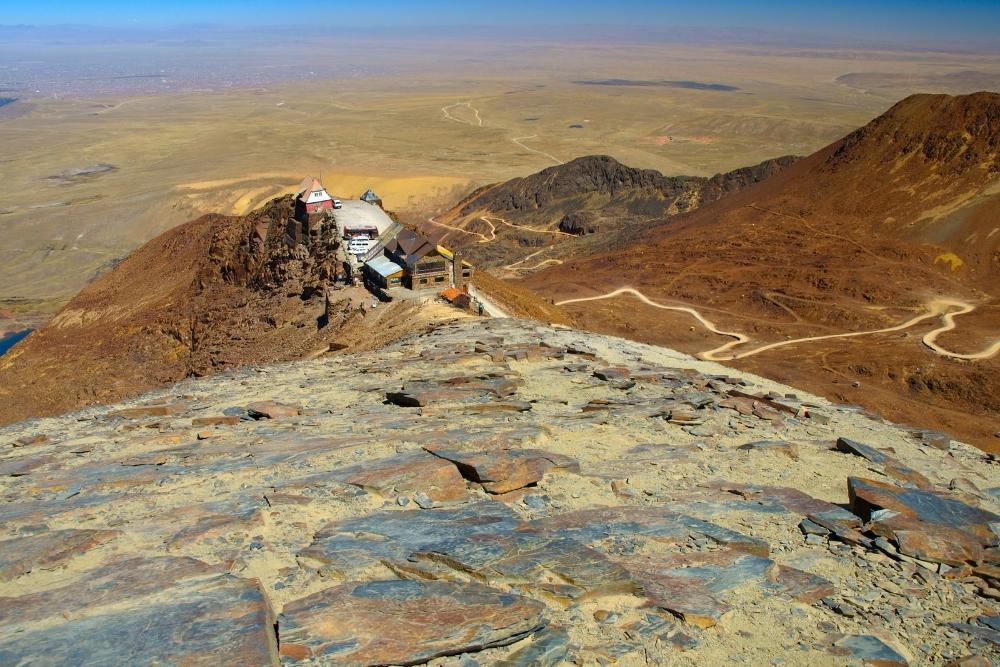
Some travel companies provide a thrilling one-week ice climbing and biking holiday. After a full day of riding with the bike, you’ll ride along a mountain road that is surrounded on both sides by 800-foot drops. If this isn’t enough the route you choose, it’ll pass through a section that has 14,000-foot drops. The trail starts at the top of Chacaltaya Mountain and goes down into the untamed jungles of the Zongo Valley. After a brief break, the next day of training before the two-day climb of Huayna Potosi, one of the highest mountains in the world, at around 20,000 feet.
What to see in Bolivia. Which are the best places to visit in Bolivia?
The majority of Bolivia places are remote and accessible via long bus trips. A few weeks of vacation will not be enough to take in all that should be observed. It must be necessary to fly to other locations. La Paz is the jump-off location for Bolivia’s tourist places. From the capital city of La Paz, you could go up north towards Tiahuanaco, which was the first city to be part of the huge Inca Empire.
Further to the north is Lake Titicaca. On the lake is the gorgeous Isla del Sol, where legend has it that there was a place where the Inca empire was founded. The frightful yet breathtaking road leads to Coroico, a well-known tourist destination in the subtropical Yungas valleys.
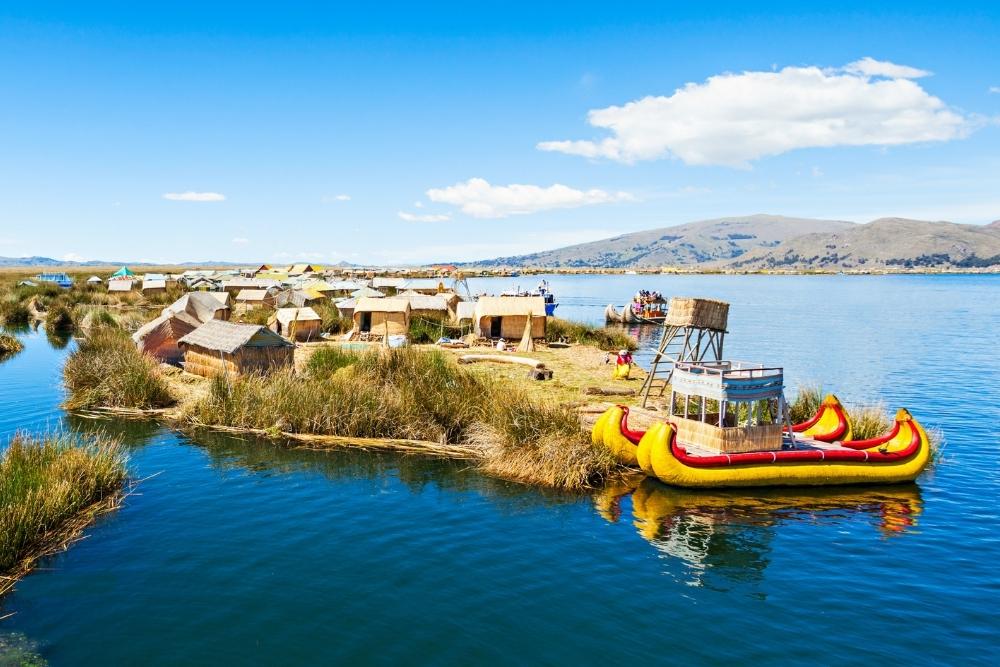
You can explore the remote regions within the Southern Altiplano if you have more time. The old colonial Potosi is believed to be the most fascinating of Bolivia’s cities, and also it is the location that was the site of Spanish silver mines. Nearby is the official capital of Bolivia, Sucre (You may ask what is the capital of Bolivia? Well, Bolivia has two capitals – Sucre and La Paz), with its stunning colonial buildings.
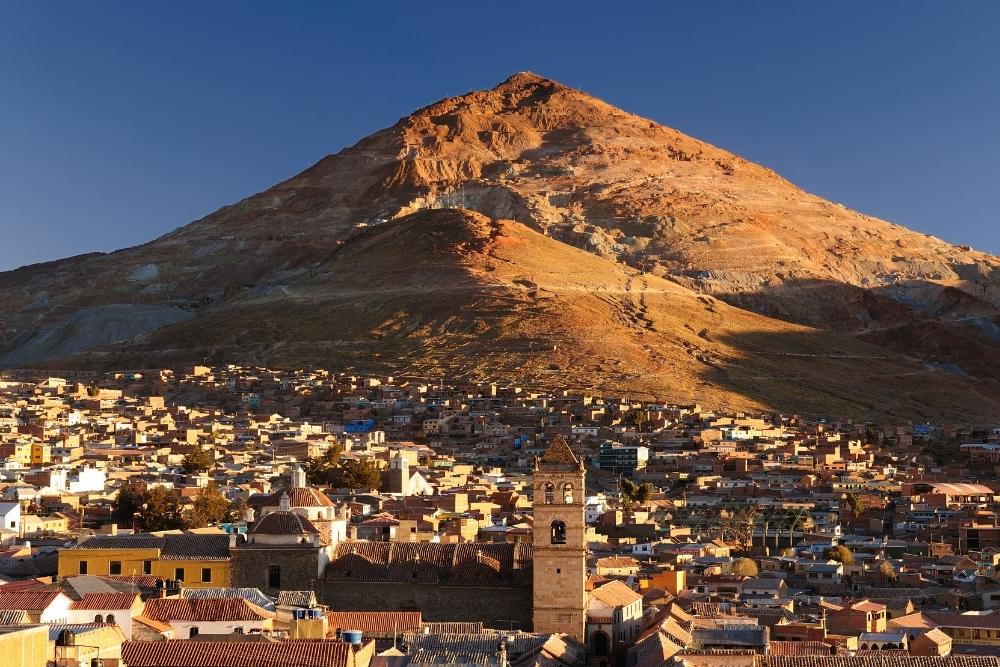
The southwest in Potosi is Uyuni that sets you off on a three-to-four-day trip towards The Salar de Uyuni, the largest salt lake in the world. Further south, close to the Chilean border, you will find volcanic craters, deserts, and some multi-colored soda lakes carpeted with flamingos. The south also has the wineries in Tarija and burial grounds of dinosaurs. The Sajima National Park, near the Chilean border, is home to the highest point in Bolivia.
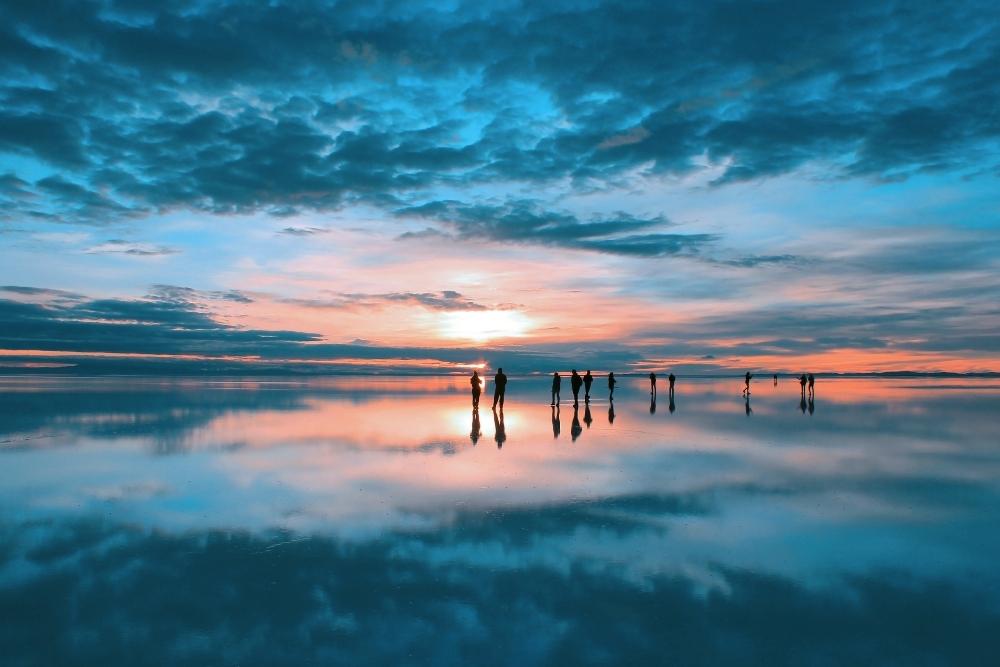
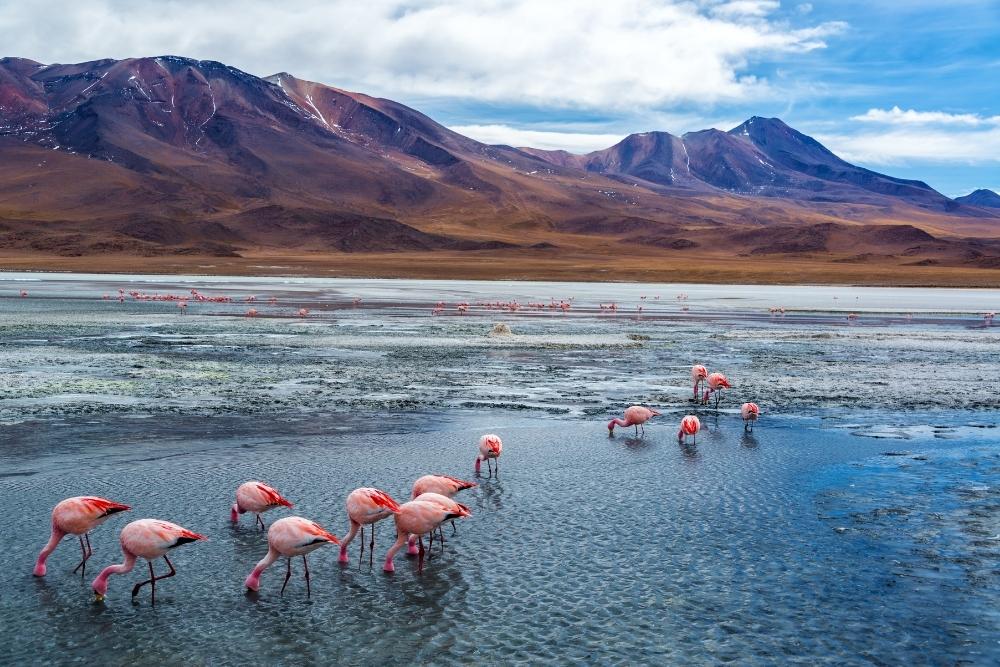
Eastern from La Paz, you escape the low temperatures of the Altiplano and travel to the Amazon jungle to Brazil. Torotoro National Park is full of dinosaur footprints, fossils, caves, and waterfalls, the ultimate destination for those who enjoy the unexplored trails.
Bolivia’s most recent tourist attraction has been the Chalalan Eco-lodge, situated in the Madidi National Park, right in the Amazon jungle. This is pure eco-tourism, and the area is the most diverse in the world. There are over 300 species of birds, 1200 butterflies, monkeys, caimans, jaguars, tapirs, and many more species of animals.
The best time to visit Bolivia
Bolivia’s road network is known as being very bad, which is why you’ll need to avoid the rainy season, which runs from November through March, in case you plan to explore the jungles. In the Altiplano is not so much rain; therefore, the timing of your visit isn’t as important. However, hiking trails can be slippery.
June and July, which are the seasons of winter, can be colder, but the nights are brighter, and they are the most suitable times for visiting the area of Salar de Uyuni. From June to August, it is are the most popular tourist season, and hotels will be packed. The most popular celebrations (Carnival along with Holy Week) happen during the rainy season.
How are you planning your trip to Bolivia?
Airlines are most busy from December through mid-January and from July through September. The most efficient routes for connecting to La Paz are through Sao Paolo, Rio de Janeiro, Buenos Aires, or Miami. The major cities have hotels, but you can find hotels to suit every affordable budget if you are away from these. Not extravagant but well-maintained and popular with tourists.
You may also like: Altos de Chavon, the medieval village created by a visionary millionaire in the Dominican Republic

